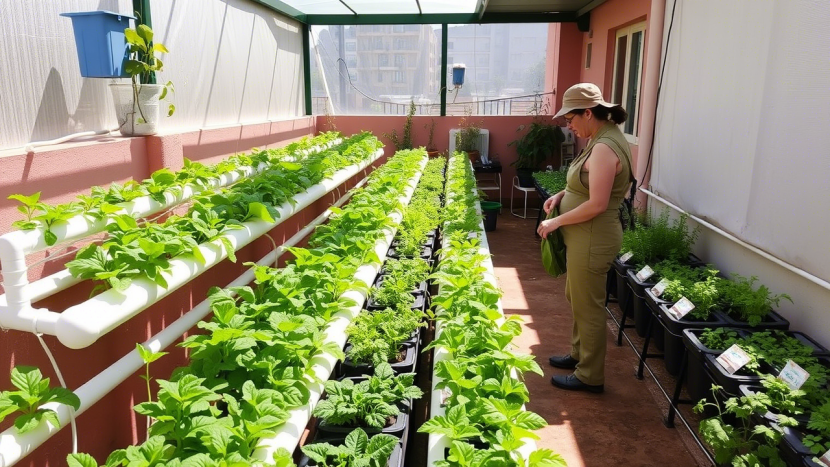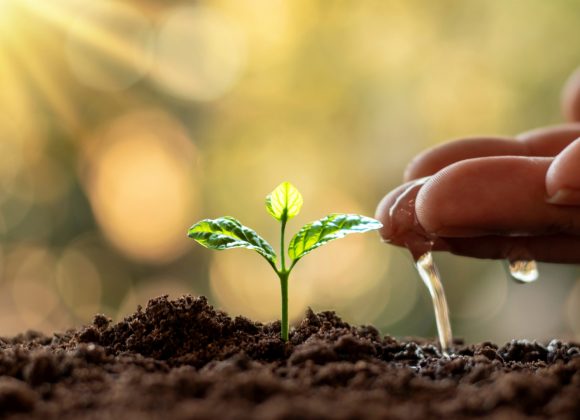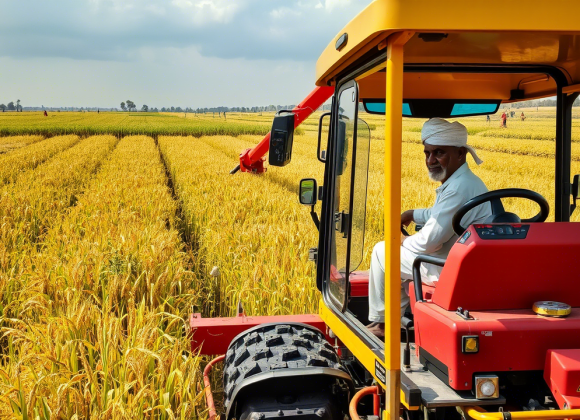Urban agriculture is increasingly becoming popular, and hydroponics is the leader of the revolution. Just imagine having fresh, organic vegetables directly from your own terrace—without soil, without weeds, and with only 90% of the water required by conventional farming. It can sound like a dream from the future, but with the right strategy, it’s absolutely doable—even on a shoestring budget. Hydroponic cultivation is an intelligent, space-efficient, and environmentally friendly way of cultivating fresh fruits and vegetables without soil. With water saturated with essential nutrients, plants grow optimally in a controlled environment, resulting in quicker growth and greater productivity. The good news? You won’t need to spend a fortune to do it. With some simple tools and a bit of instruction, you can create your own low-cost hydroponic farm on your terrace.
This guide will walk you through everything you need to know—from selecting the right hydroponic setup to maintaining your plants for a continuous harvest. Whether you’re a gardening enthusiast, an urban dweller looking to grow your own food, or simply someone curious about sustainable farming methods, this beginner-friendly approach will help you kickstart your hydroponic journey effortlessly.
Why Choose Hydroponics?
Before we get into the setup, let’s see why hydroponics is the future of urban farming. It uses 90% less water by recycling it, allows plants to grow 30-50% faster, and eliminates the need for soil, reducing pests and diseases. With higher yields in less space, it’s perfect for small balconies or rooftops, and since no chemical pesticides are needed, your food stays fresh and organic. With a few basic supplies and creativity, you can grow lettuce, spinach, basil, tomatoes, cucumbers, and even strawberries right on your rooftop.

Here are four simple steps to set up a low-cost hydroponic farm on your terrace.
- Step 1: Choose the Right Hydroponic System
- Step 2: Setting Up Your Terrace Hydroponic Garden
- Step 3: Nutrients & Water Management
- Step 4: Maintenance & Expansion
Step 1: Choose the Right Hydroponic System

Deep Water Culture (DWC) is an excellent option for beginners with plants floating on nutrient water retained by net pots. The air pump from the aquarium supplies the roots with oxygen, which supports quicker growth. The Kratky Method is the simplest and least maintenance way, needing neither electricity nor a pump. The roots of plants are suspended in a static nutrient solution and are best for leafy green crops such as lettuce.

For experienced growers, the Nutrient Film Technique (NFT) passes a thin film of water over gently sloped pipes, effectively feeding herbs, strawberries, and microgreens.
Tip: Begin with DWC or Kratky and scale up to NFT as you become more experienced.
Step 2: Setting Up Your Terrace Hydroponic Garden
Your terrace should get at least 4-6 hours of sunlight daily. If direct sunlight is too strong, set up a shade net to prevent overheating.
Construct Your Hydroponic System
You can make one yourself using:
- Plastic storage buckets or tubs for water reservoirs
- Recycled bottles or PVC pipes as plant stands
- Sponge cubes & net pots to support plants
- Aquarium air pump (for oxygen in DWC systems)
Affordable hydroponic supplies
Tip: Get vertical. A stacked hydroponic system maximizes space and yield.
Step 3: Nutrients & Water Management
1. Essential Nutrients for Healthy Growth: Hydroponic crops depend on a solution of nutrients rather than soil. They require macronutrients such as Nitrogen (N), Phosphorus (P), and Potassium (K), as well as basic micronutrients like Calcium, Magnesium, Iron, and Zinc to grow.
2. Ensure the Proper pH Levels: Plants absorb nutrients best at a pH of 5.5 – 6.5. Regularly test with a pH meter and adjust using lemon juice to lower pH or baking soda to raise it. Buy a pH meter for hydroponics
3. Ensure Oxygen & Water Circulation: If using a DWC system, install an air pump to oxygenate the water, preventing root rot and promoting healthier growth. Change the nutrient water every 10-15 days for best results.
Step 4: Maintenance & Expansion
After your hydroponic setup is up and running, maintaining it is easy. Monitor the growth of your plants regularly to have healthy leaves and root development and to top up nutrients whenever necessary. Despite hydroponics minimizing pests, infestations can still pop up from time to time—organic pesticides like neem oil spray keep them away. As you mature, diversify your farm and cultivate tomatoes, peppers, strawberries, or herbs, and even venture into automated systems for hands-off maintenance.
With a small investment and some creativity, you can set up a thriving, low-cost hydroponic farm on your terrace—providing fresh, chemical-free food for your family all year round. It’s a sustainable and space-saving way to grow your own vegetables right at home.




